Year 9 Geometry Worksheets
Angles in Irregular Polygons
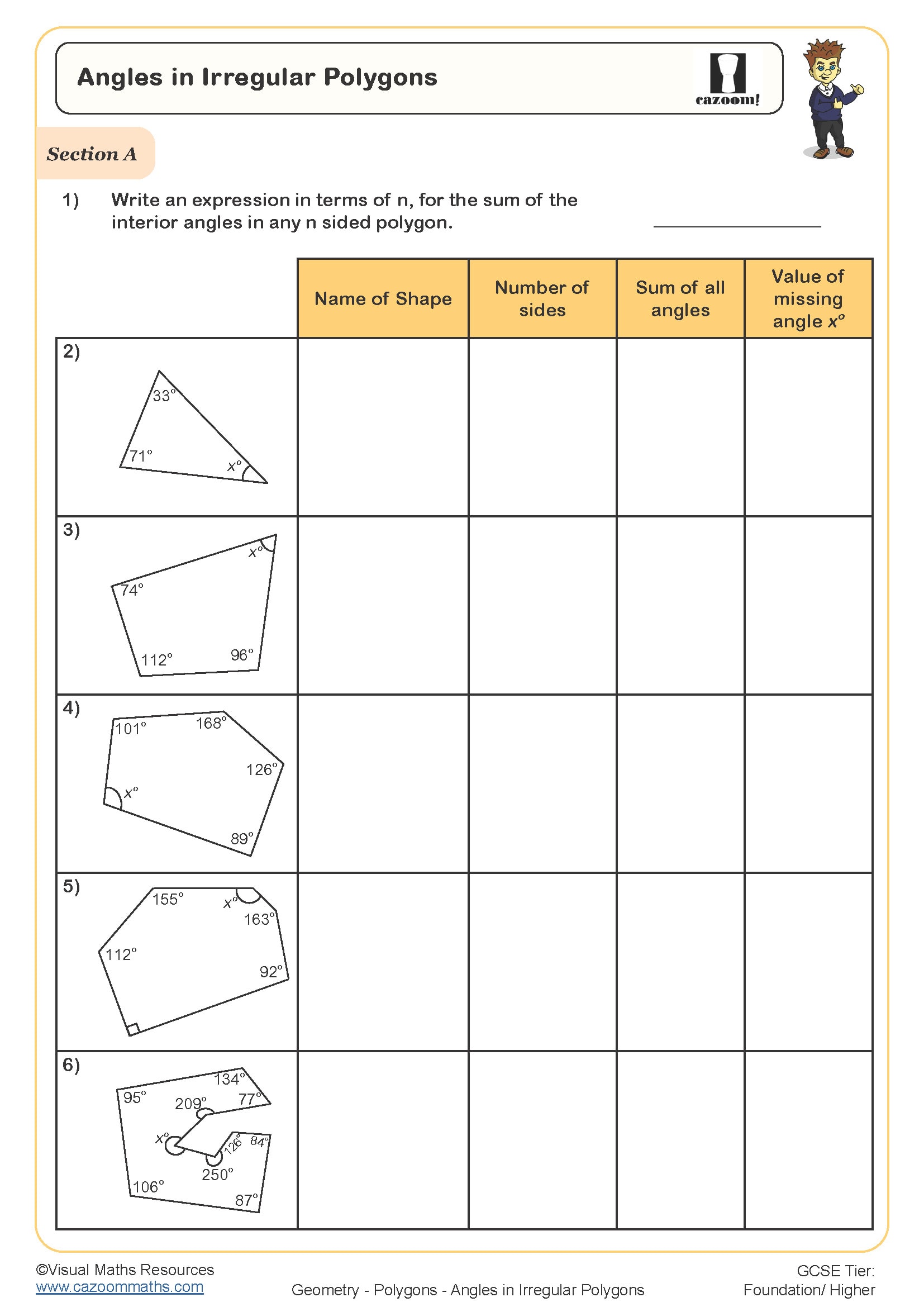
Angles in Regular Polygons
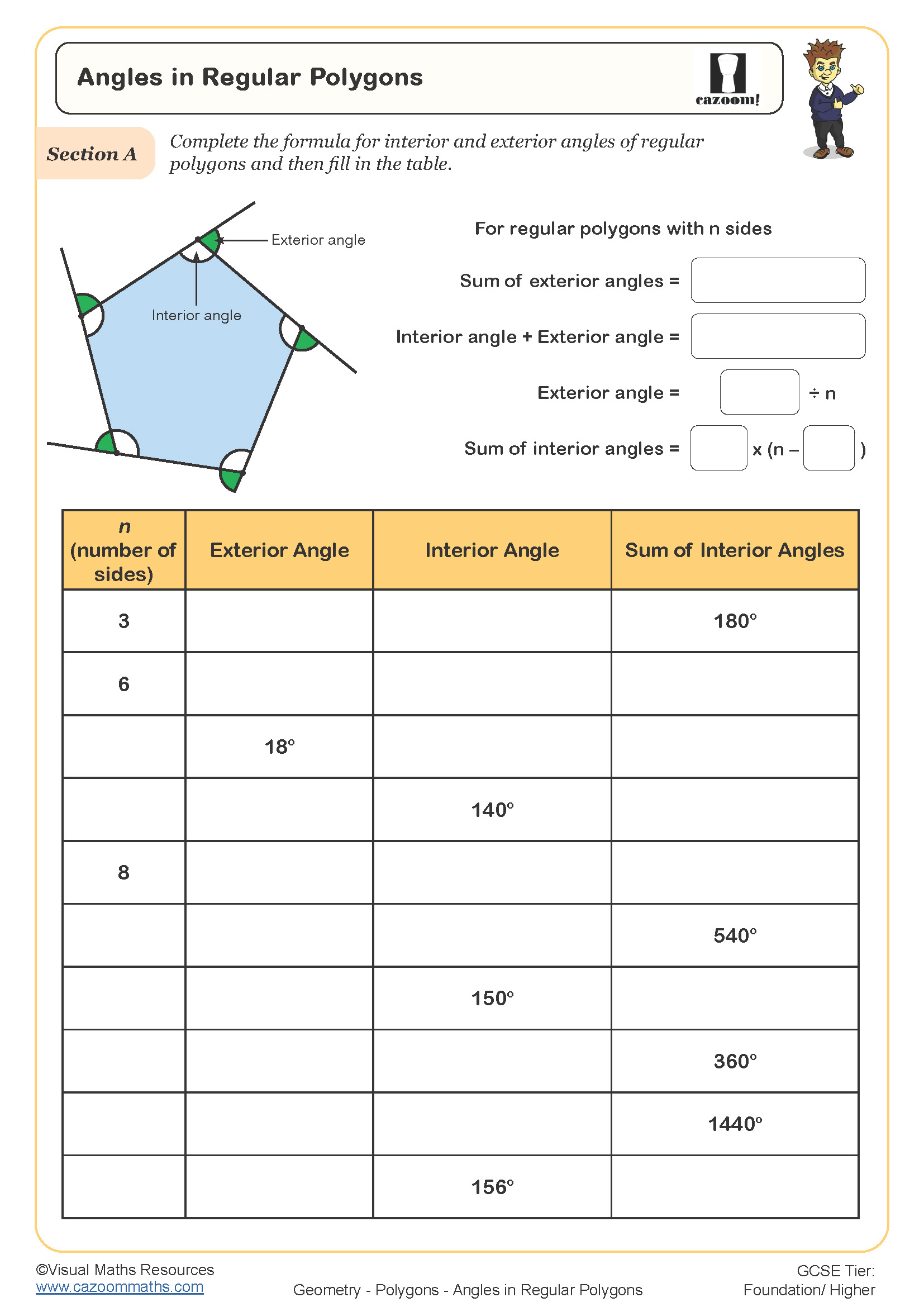
Congruent Triangles
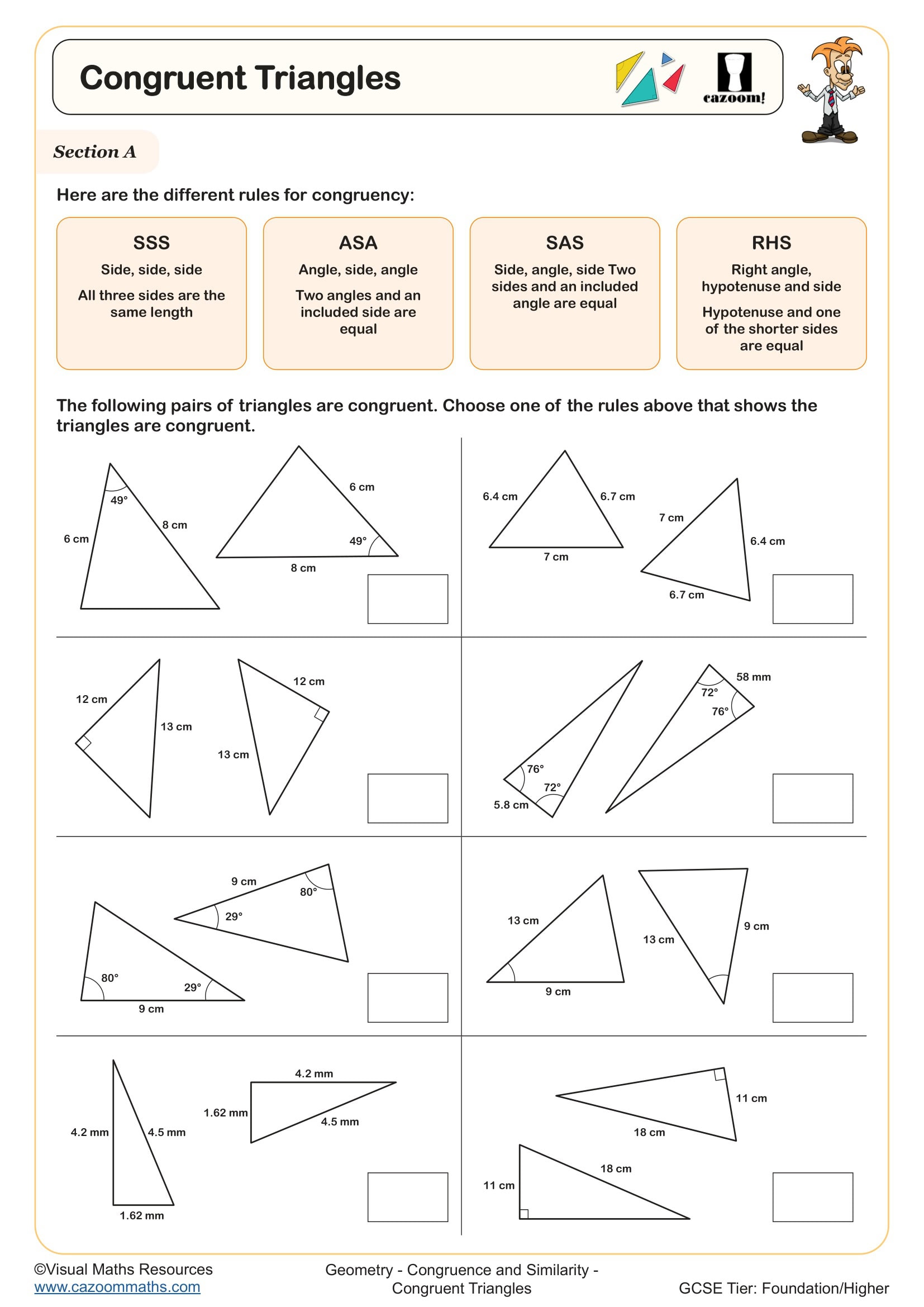
Describing Rotations and Reflections
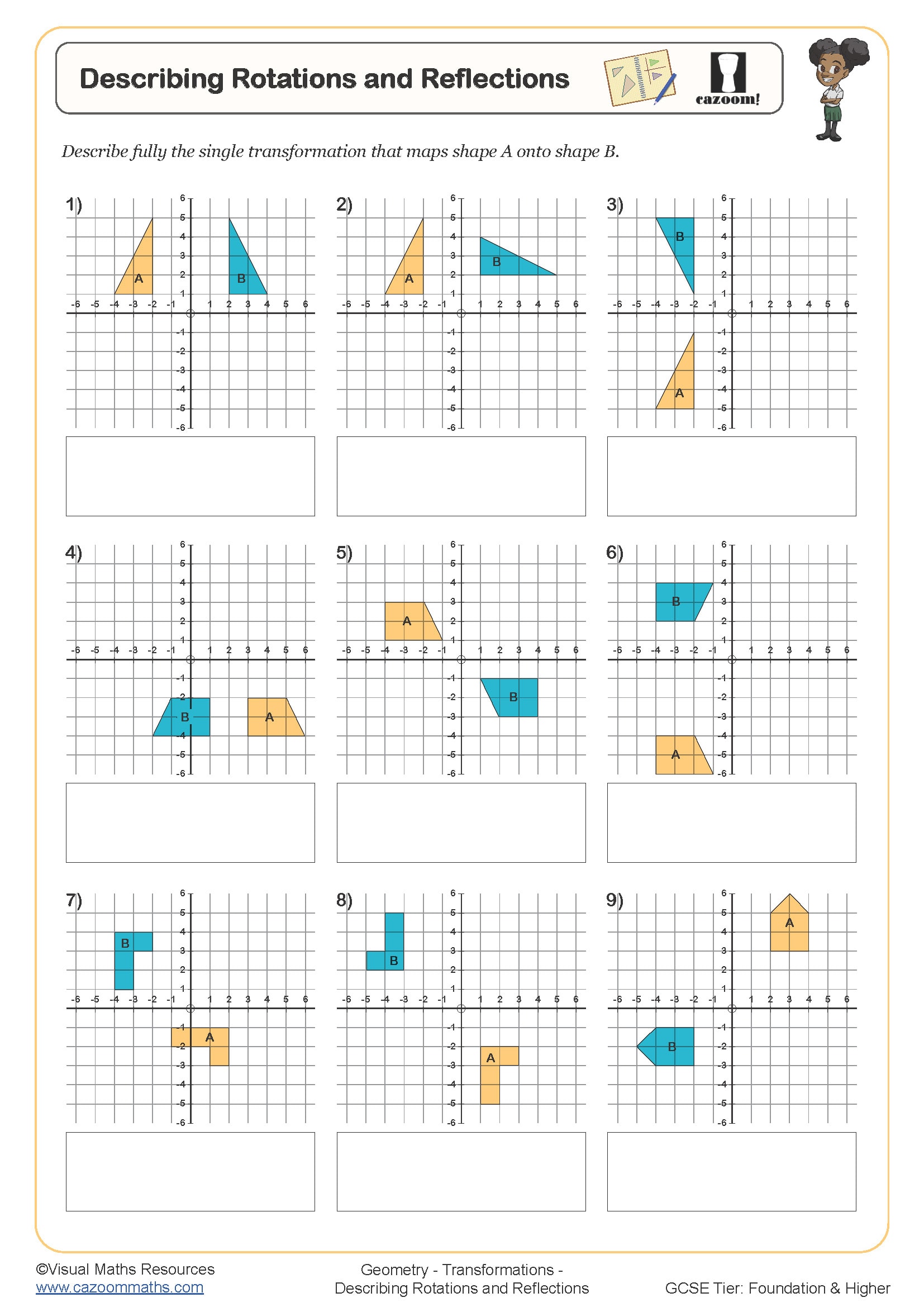
Enlargement (A)
-Worksheet.jpg?w=3840)
Enlargement (B)
-Worksheet.jpg)
Exterior Angles in Polygons
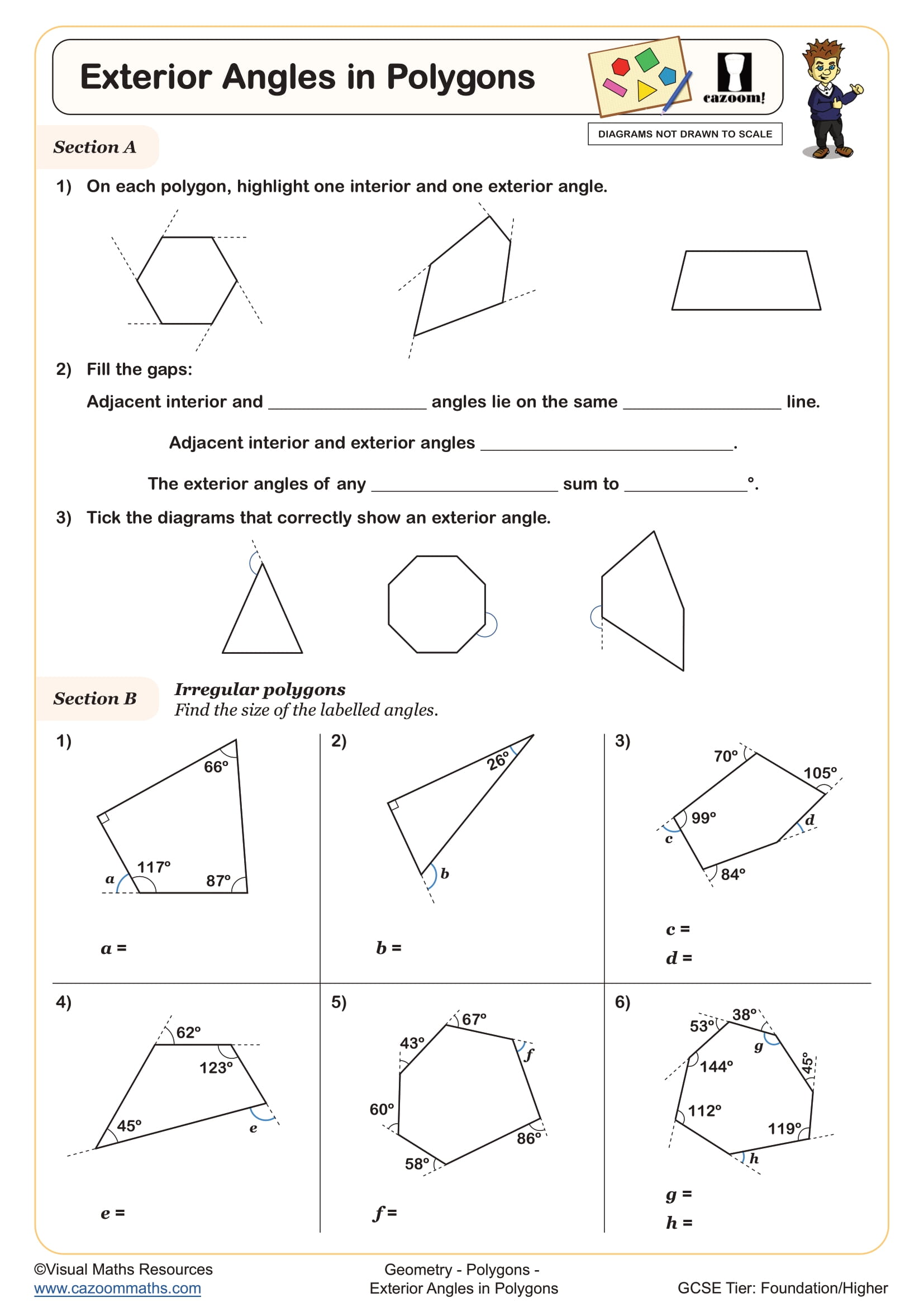
Finding Angles in Regular Polygons
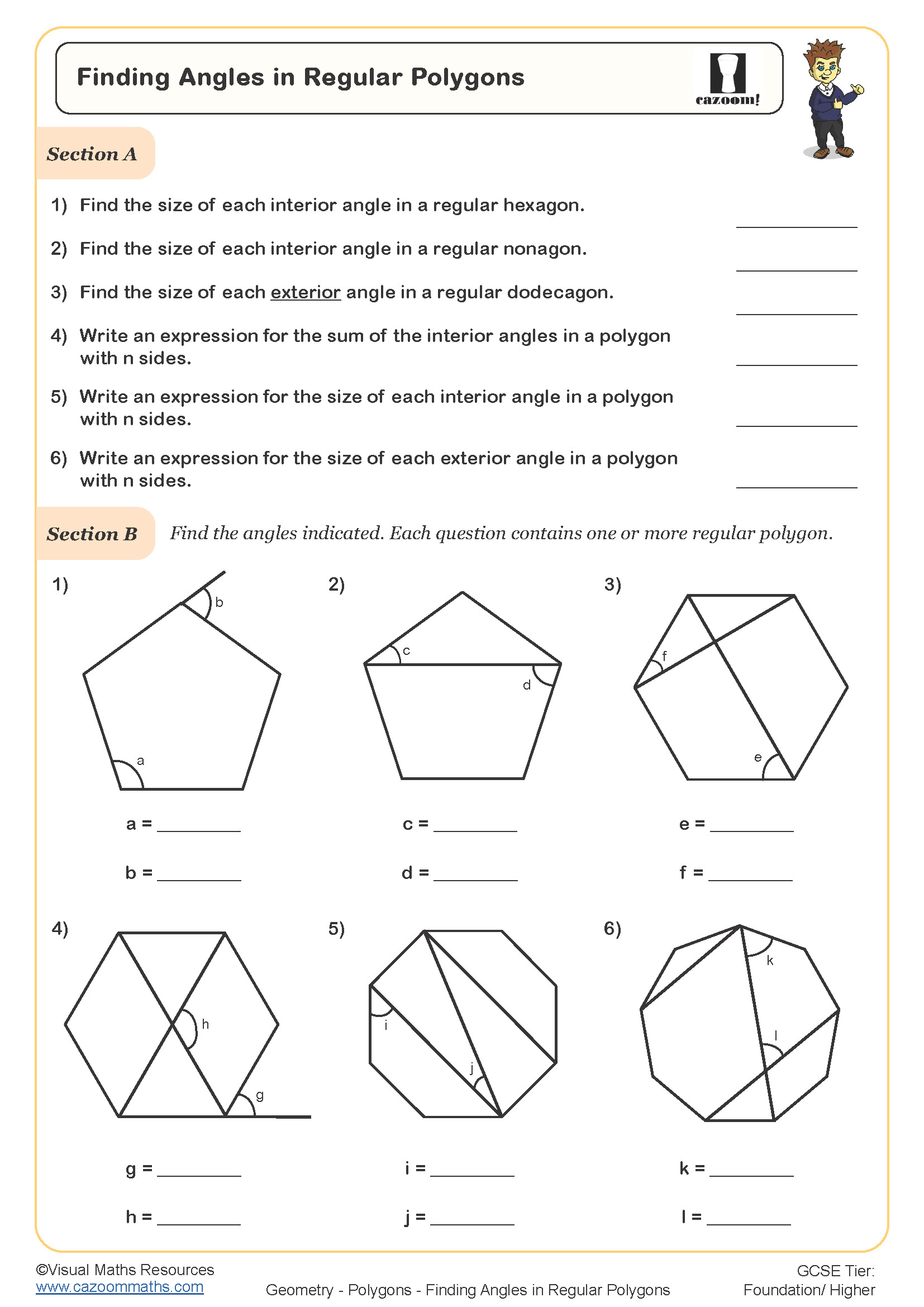
Forming and Solving Equations Involving Angles (A)
-Worksheet.jpg)
Refelction in Horizontal and Vertical Mirror Lines
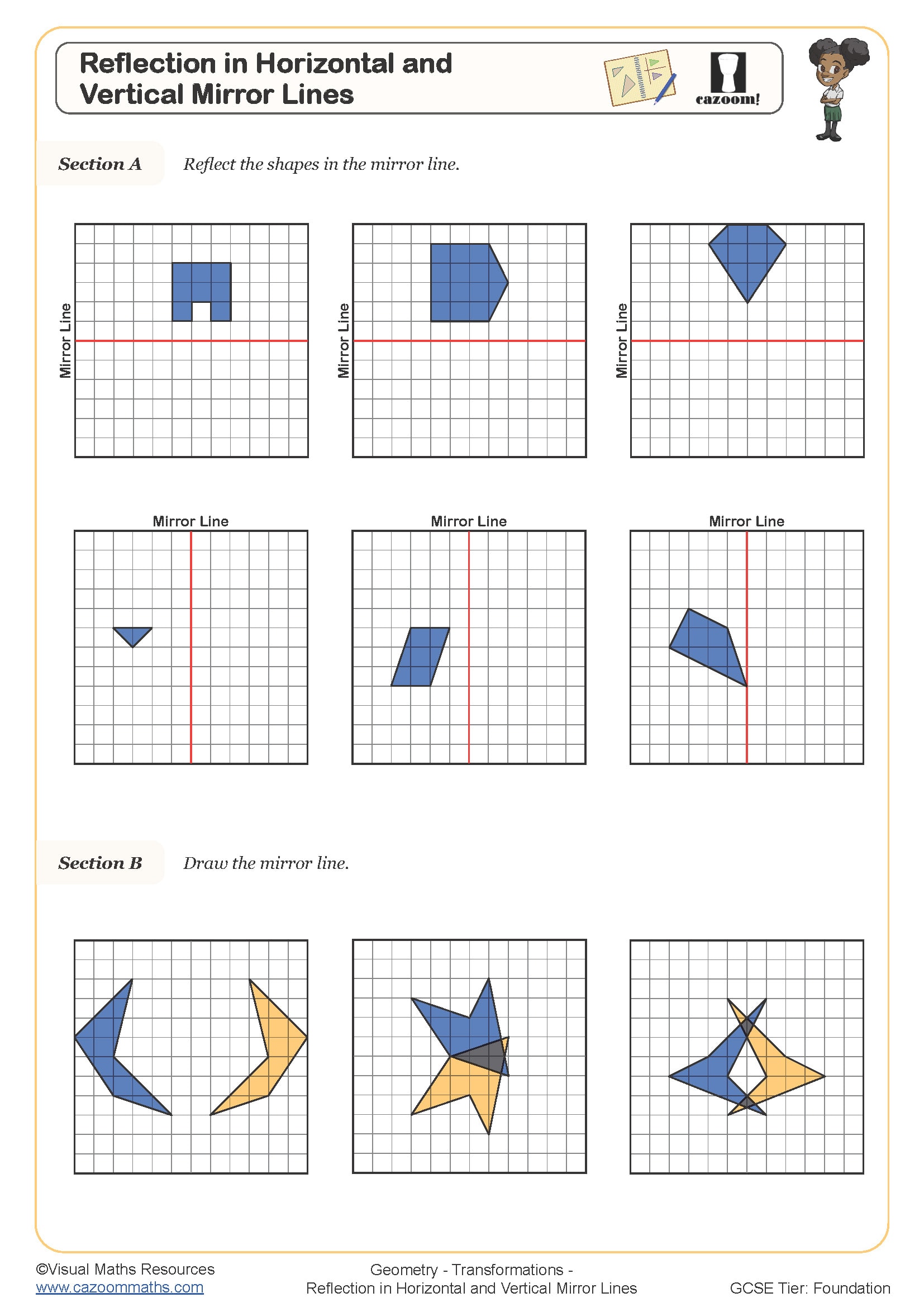
Reflection in Horizontal, Vertical and Diagonal Mirror Lines
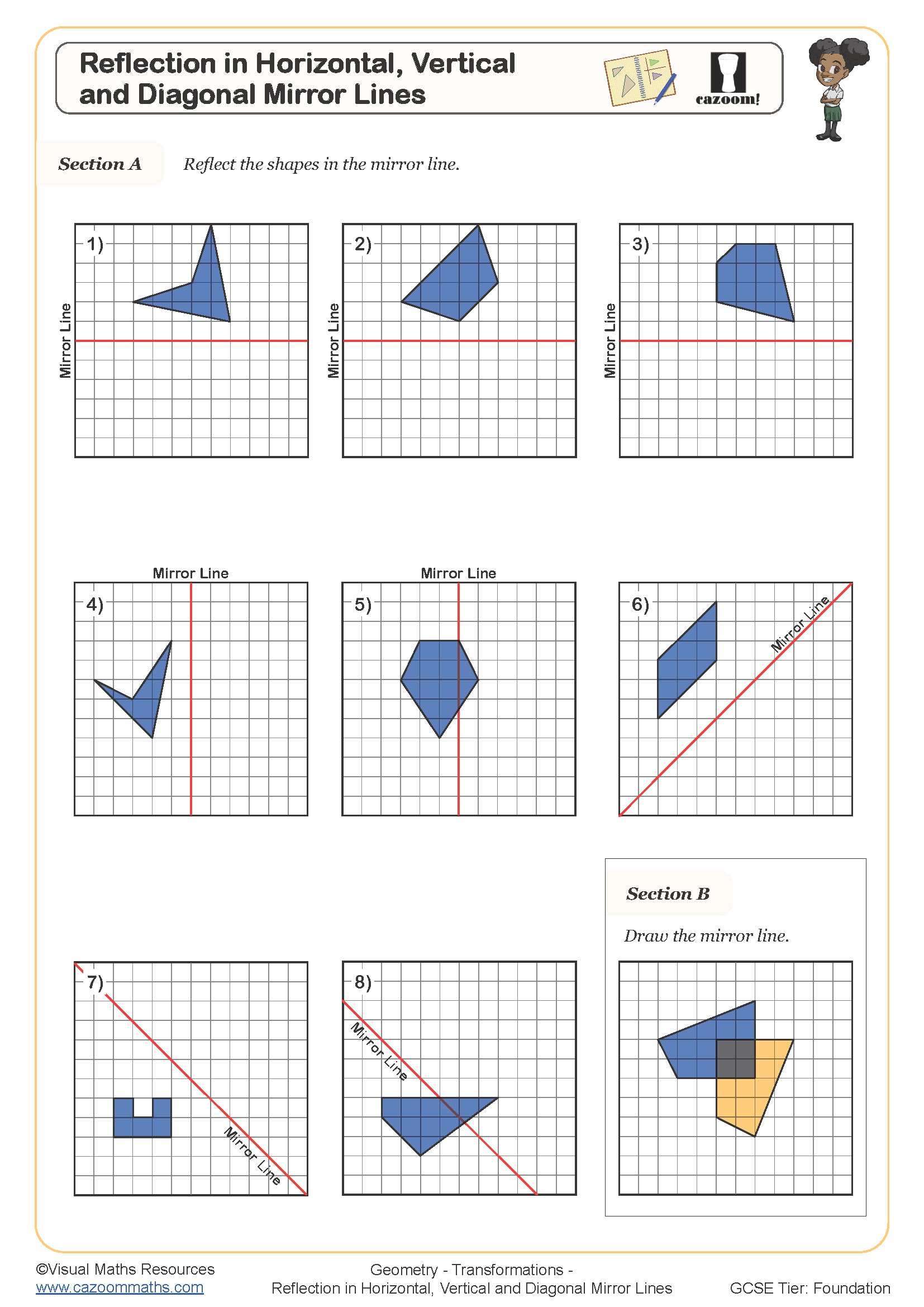
Reflections in X and Y Axes
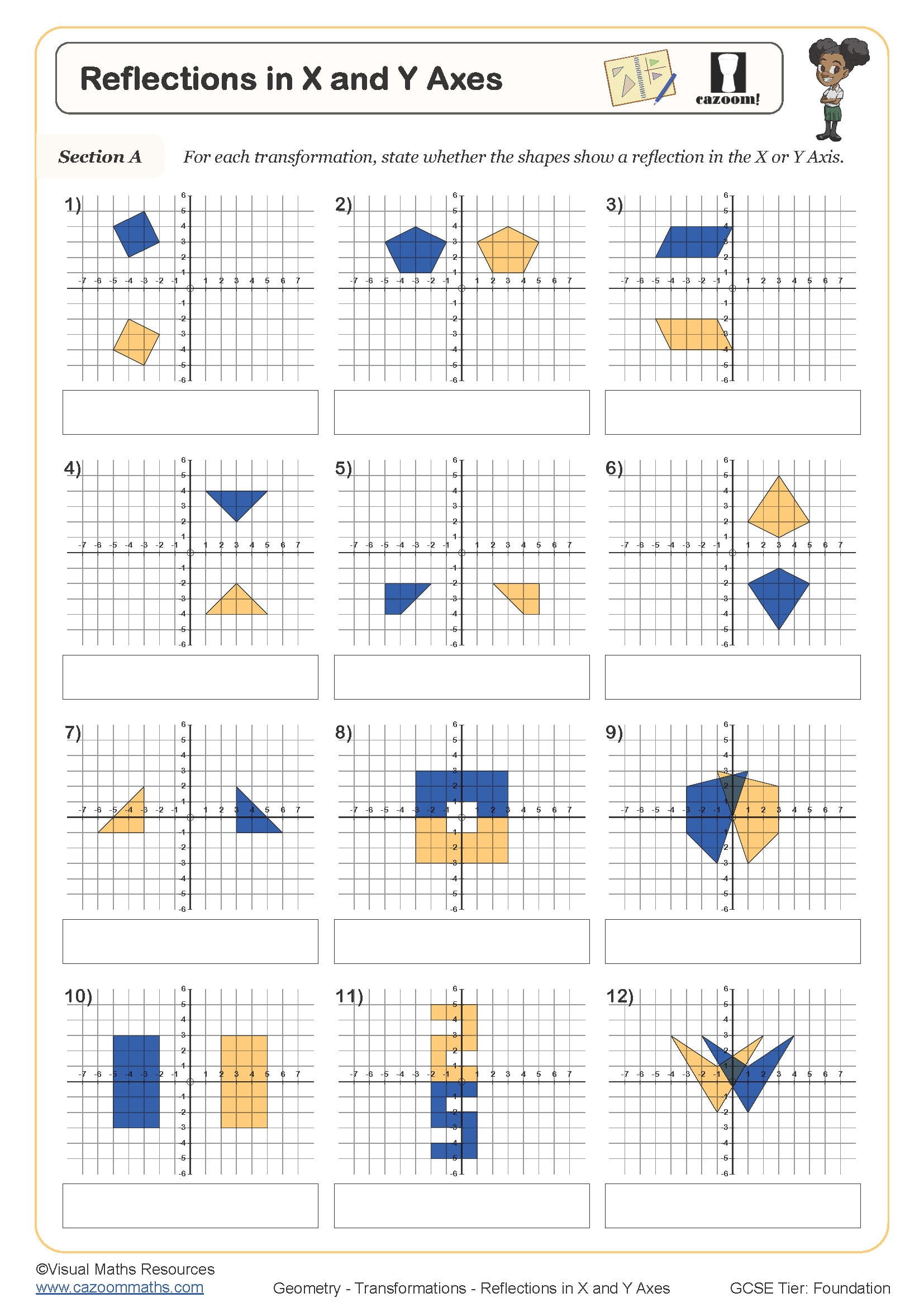
Rotation (A)
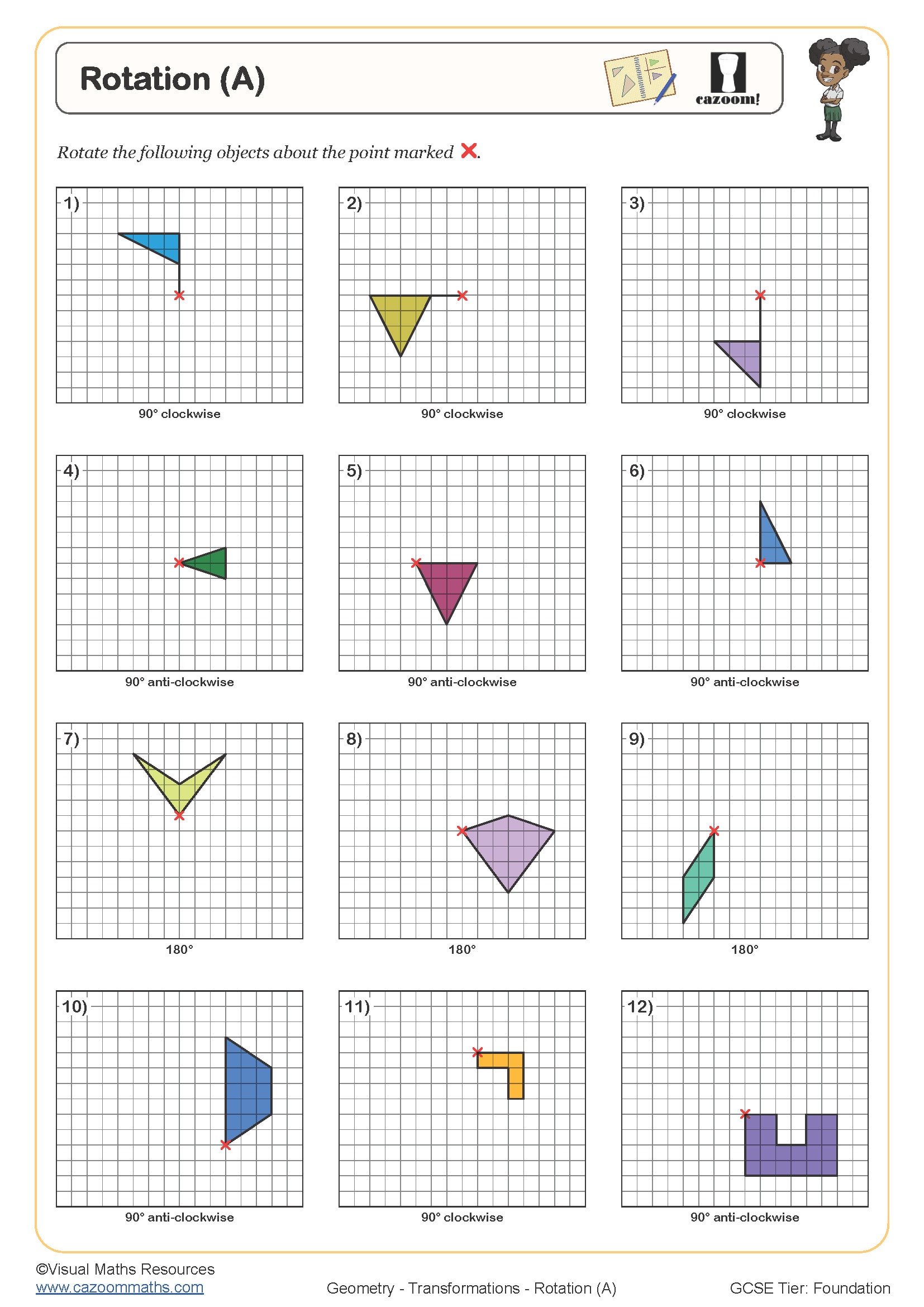
Rotation (B)
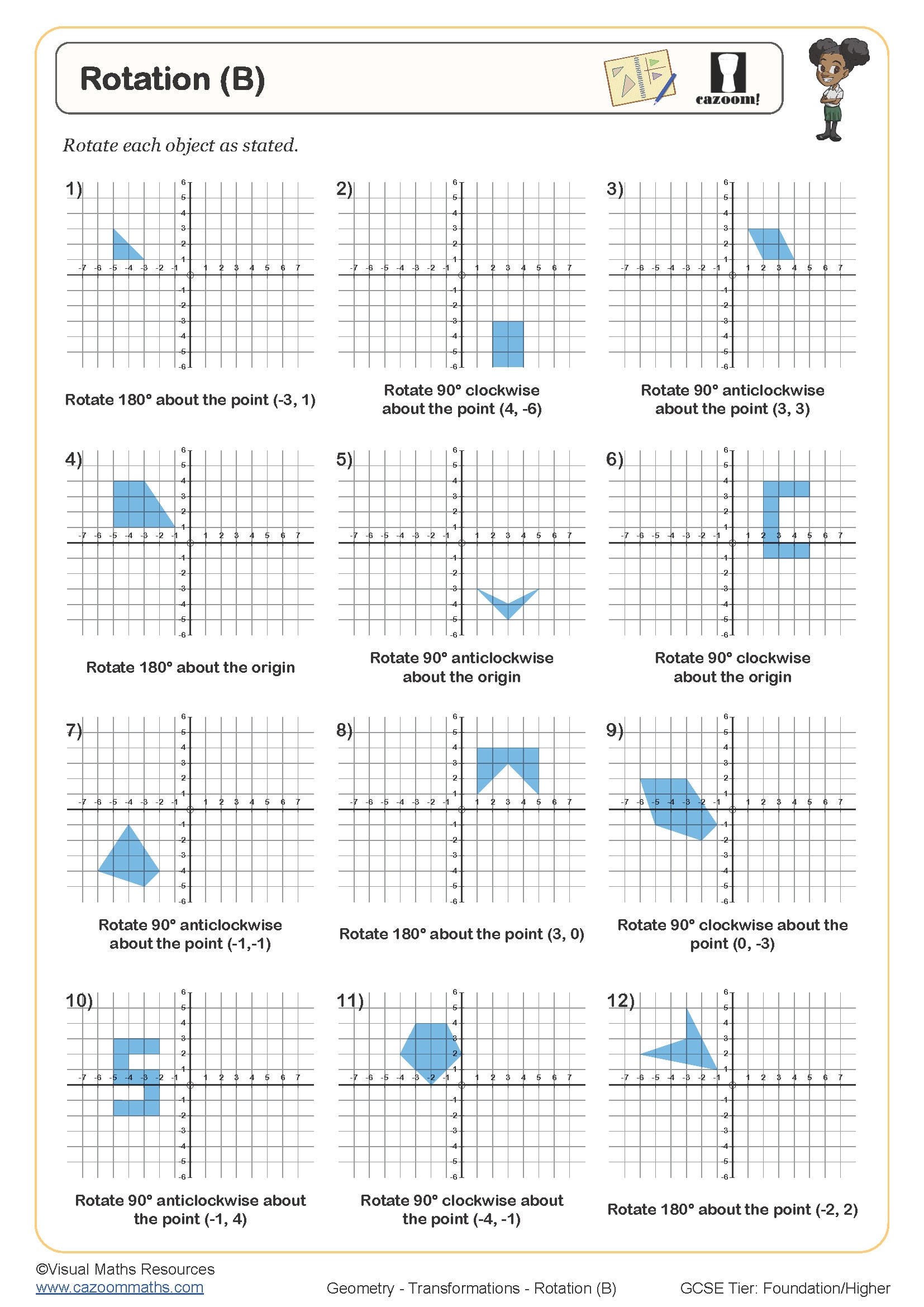
Rotation (C)
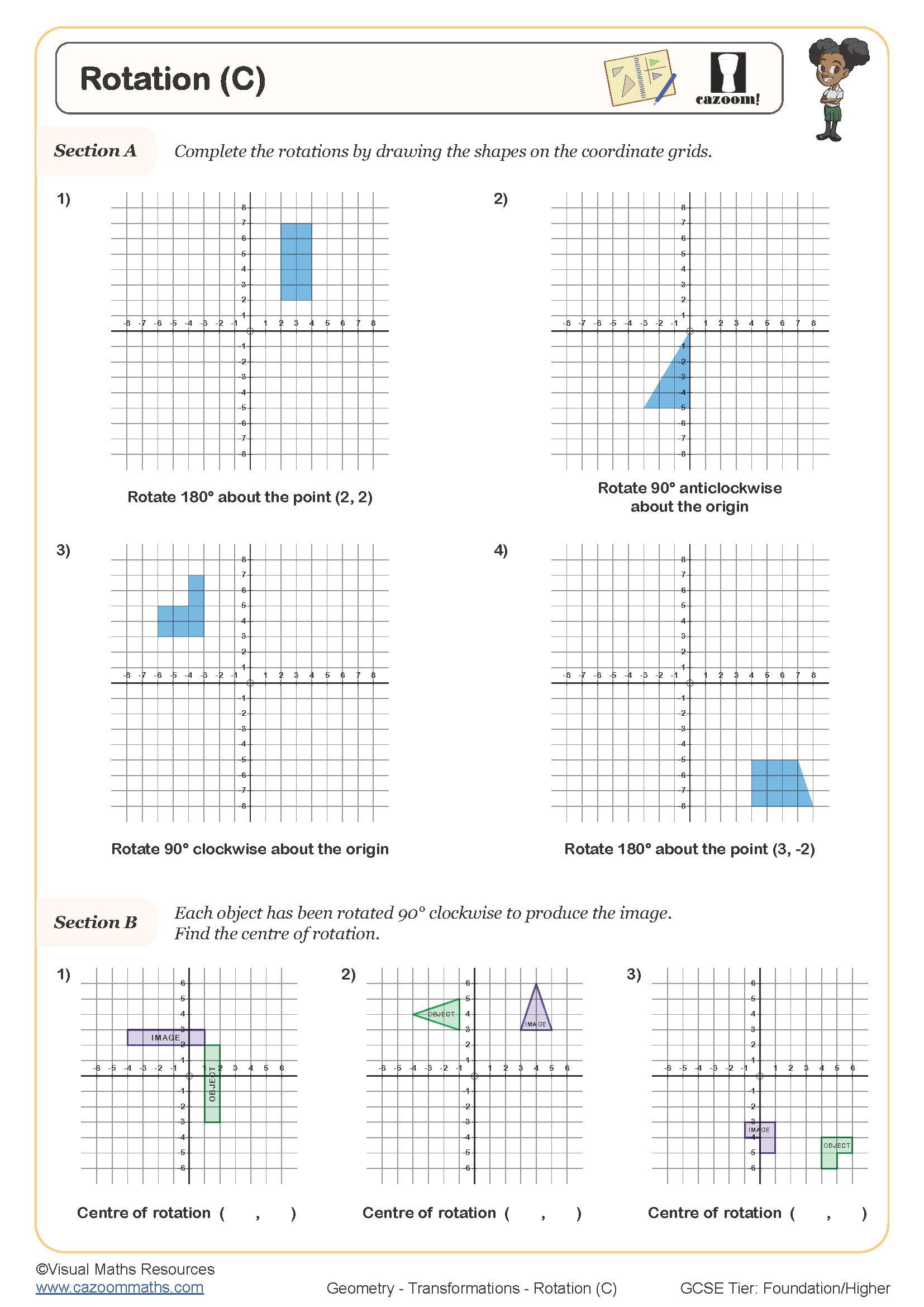
Similar Shapes
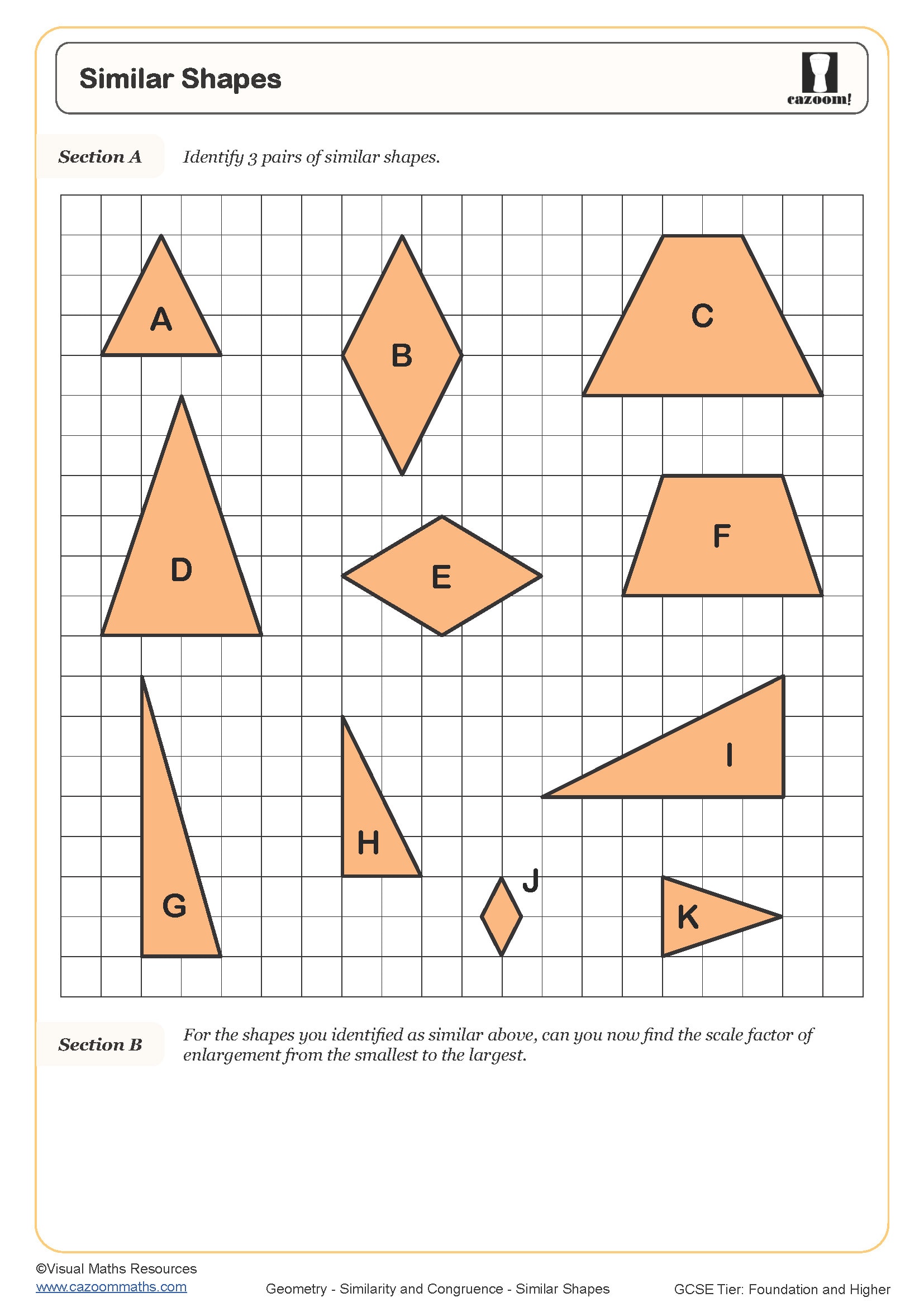
Similar Shapes - Missing Lengths
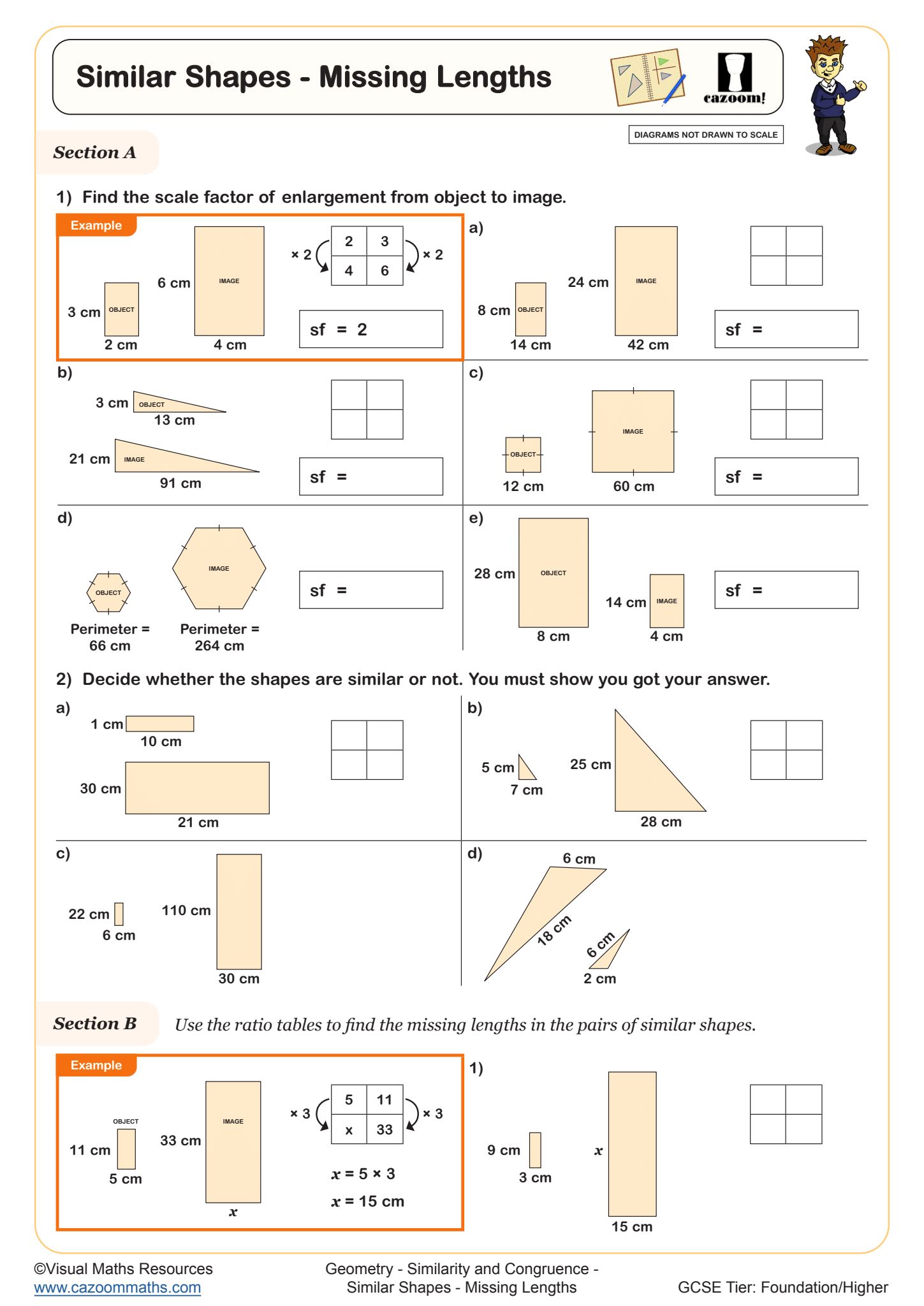
Translation Trail
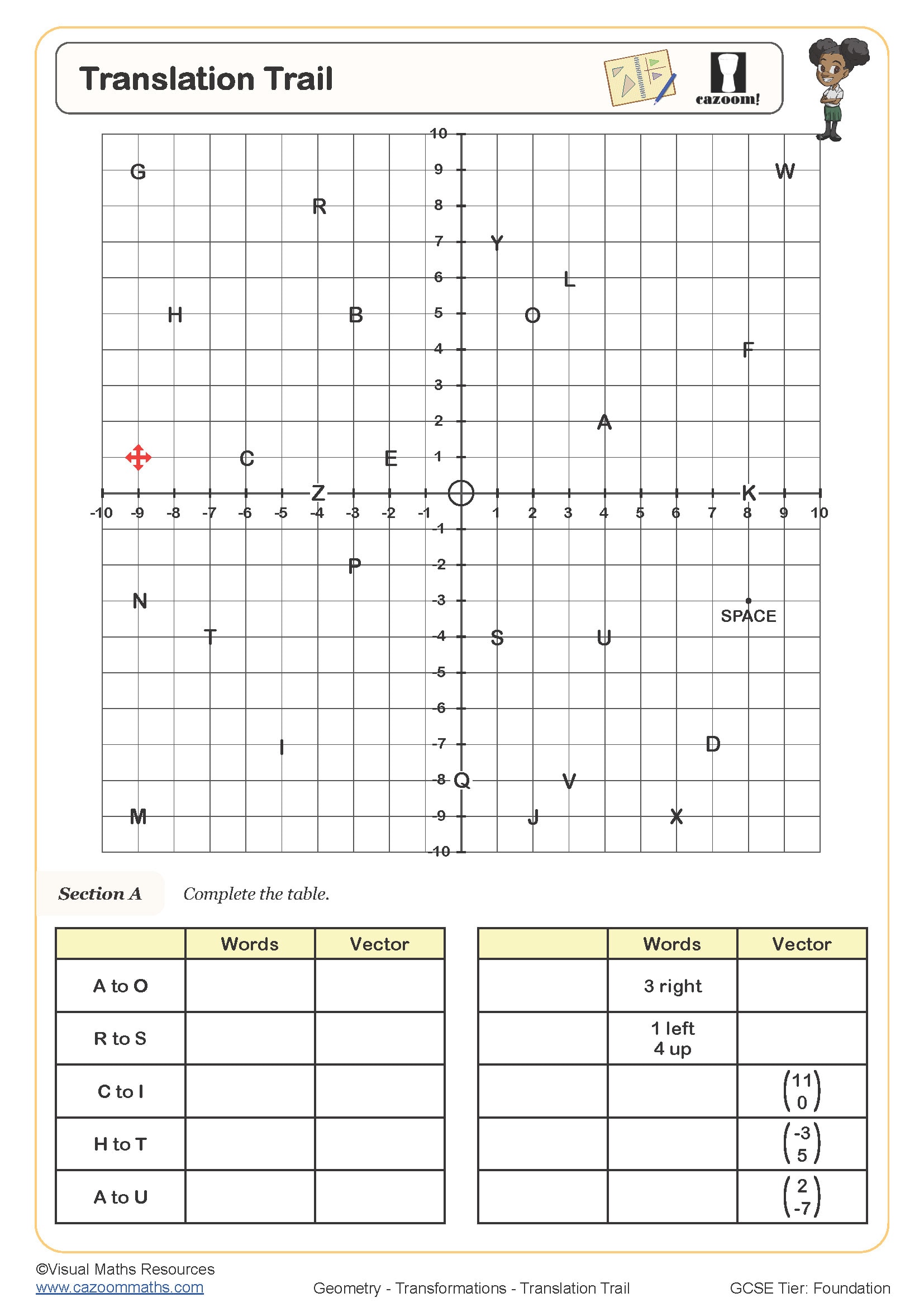
Translations - from Words
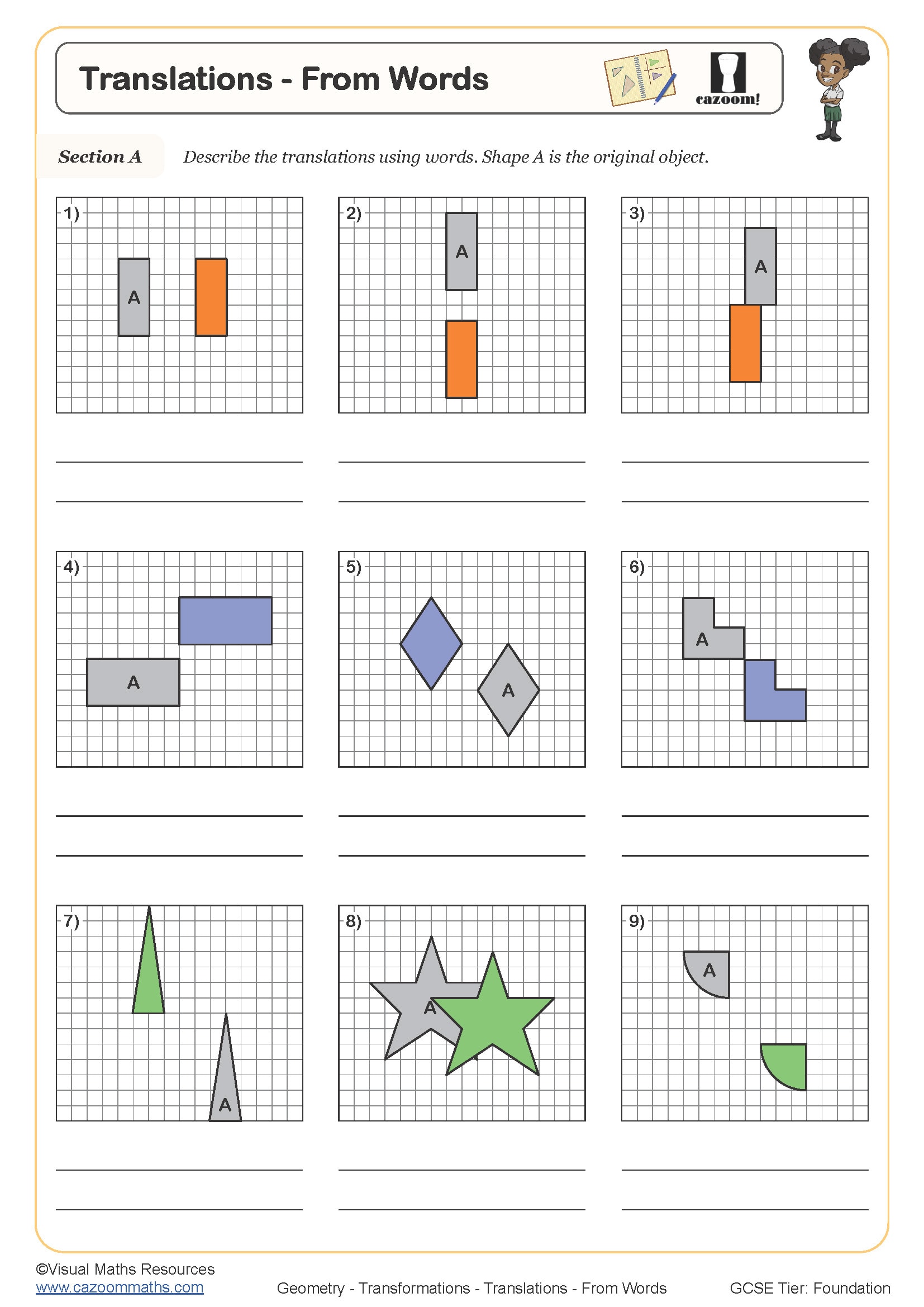
Accuracy Holding Back Your Grades? Our Ready-to-use Year 9 Geometry Worksheets Are the Cure
The shift to Year 9 geometry introduces formal proof writing and deductive reasoning that transforms how students approach mathematical problems. Students learn the actual reasons behind geometric relationships through abstract thinking, which replaces their previous need to memorise rules. Students learn to solve new problems through the application of logical principles after they achieve a deep understanding of the material. The progression from simple angle facts to complex, multi-step proofs mirrors the intellectual development that occurs at this crucial age. The use of structured materials in regular practice helps students develop geometric principles which become essential for advanced algebra, statistics and calculus.
Specific learning benefits include:
• Master angle relationships in complex diagrams
• Develops proof-writing capabilities
• Strengthens coordinate geometry skills
• Improves three-dimensional visualisation
• Connects algebraic methods to geometric contexts
• Establishes foundations for circle theorems
• Prepares for advanced trigonometric concepts
Worksheet Topics at a Glance: Pythagoras' Theorem, Arc Length, and More
The progression from concrete manipulatives through pictorial representations to abstract mathematical reasoning forms the foundation of effective geometry teaching. Each worksheet advances through carefully sequenced difficulty levels, allowing students to develop competence before tackling complex multi-step problems. Worked solutions are included throughout, demonstrating not just final answers but the logical thinking processes required to reach them.
The worksheets in this collection include:
• Angle Properties and Parallel Lines — applies reasoning to find missing angles systematically.
• Interior and Exterior Angles in Polygons — explores relationships in regular and irregular shapes.
• Pythagoras' Theorem: Finding the Hypotenuse — calculates the longest side in right-angled triangles.
• Pythagoras' Theorem: Finding Shorter Sides — determines legs using the theorem's rearranged form.
• Area and Circumference of Circles — connects radius, diameter and pi in practical calculations.
• Arc Length and Sector Area — extends circle knowledge to parts and segments.
• Surface Area of Prisms and Cylinders — combines 2D nets with 3D understanding.
• Volume of Prisms and Pyramids — develops spatial reasoning through capacity problems.
• Introduction to Trigonometry — links ratios to angle measurements in triangles.
• Similarity and Congruence — identifies when shapes match exactly or proportionally.
• Transformations: Reflection, Rotation and Translation — manipulates shapes on coordinate grids.
• Bearings and Scale Drawings — applies geometry to real navigation problems.
Why Schools Choose Cazoom Maths Year 9 Geometry Activities for Easy Learning
Classroom-tested materials reflect genuine teaching experience, addressing common misconceptions before they become embedded. The differentiated structure allows higher-attaining students to tackle extension challenges whilst others consolidate fundamental skills at an appropriate pace. Teachers who work with limited time find the pre-made format useful because it enables them to prepare lessons quickly while maintaining academic quality. Students can identify patterns between different geometric contexts through the combination of visual diagrams and standardised mathematical notation. The worksheets contain answer sheets which enable teachers to speed up their grading process and students to receive immediate feedback during their classroom learning activities. The hands-on approach to these mathematical concepts enables students to grasp their meaning better while keeping them interested in their KS3 schoolwork.
From Navigation to Fashion: Geometry Applications Students Encounter Beyond School
Mathematical thinking developed through geometry worksheets directly transfers to numerous practical situations students face daily. Understanding spatial relationships improves everything from reading maps to assembling furniture. For example-
• Navigation apps rely on bearing calculations and coordinate systems
• Sports tactics depend on angles and trajectories for optimal performance
• Architecture and design careers require advanced geometric visualisation
• Gaming physics engines use trigonometry for realistic movement
• DIY projects need accurate measurement and scale interpretation
• Photography composition follows geometric principles like the golden ratio
• Engineering innovations start with geometric modelling and technical drawings
• Fashion design involves pattern cutting using geometric transformations